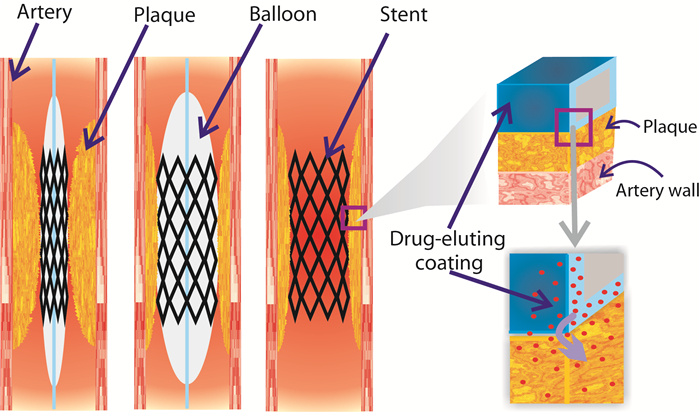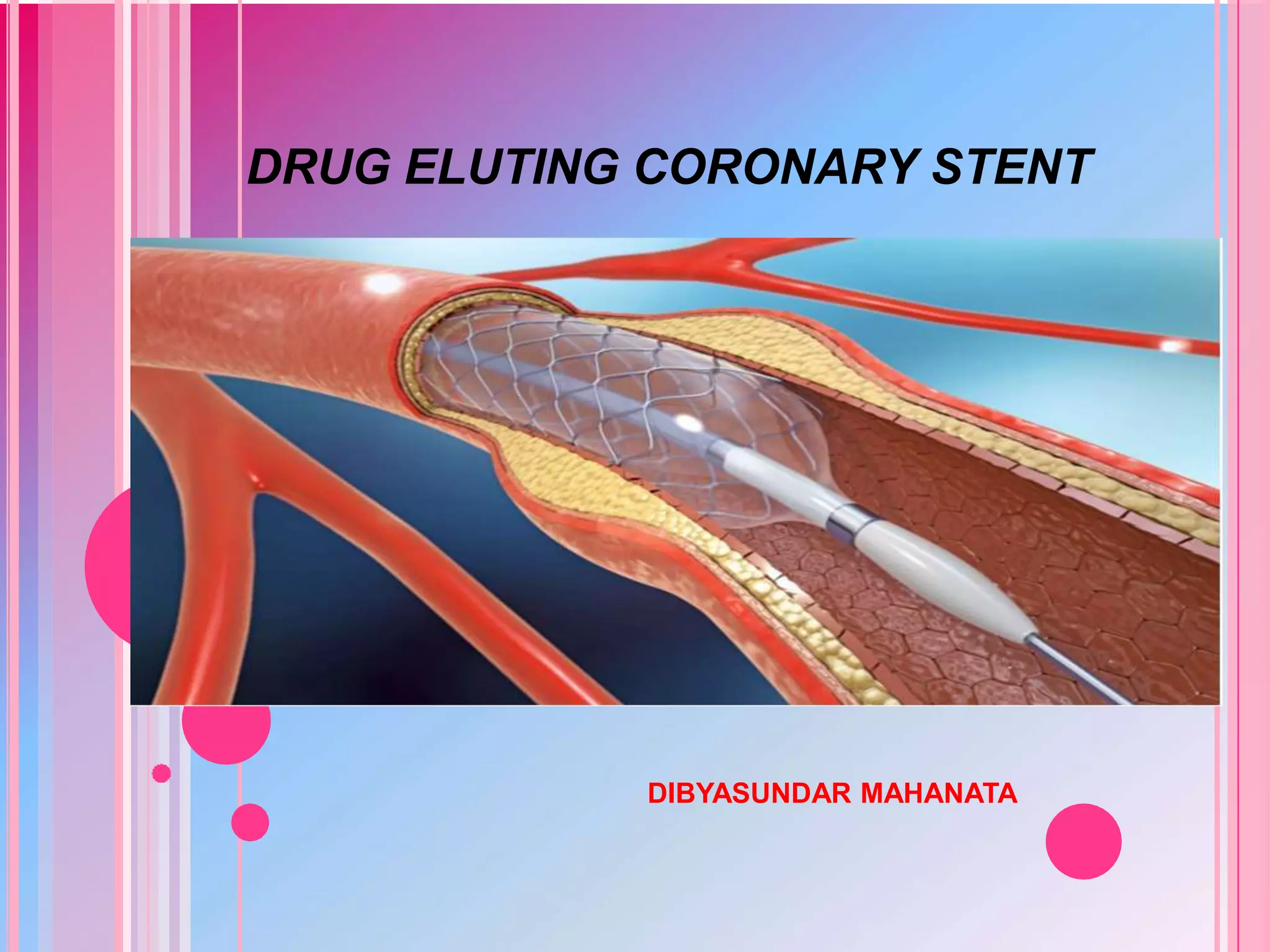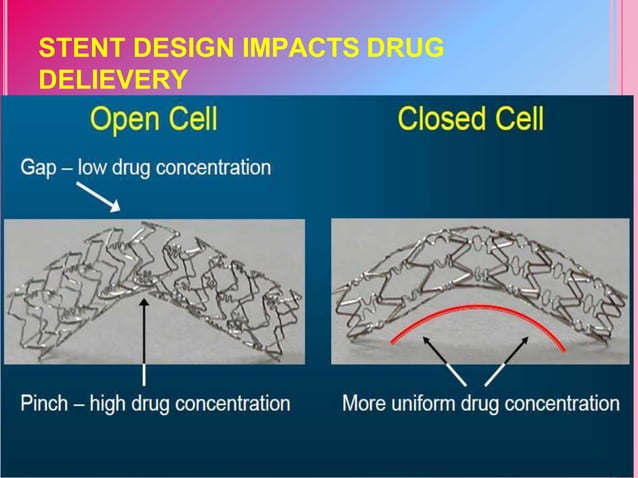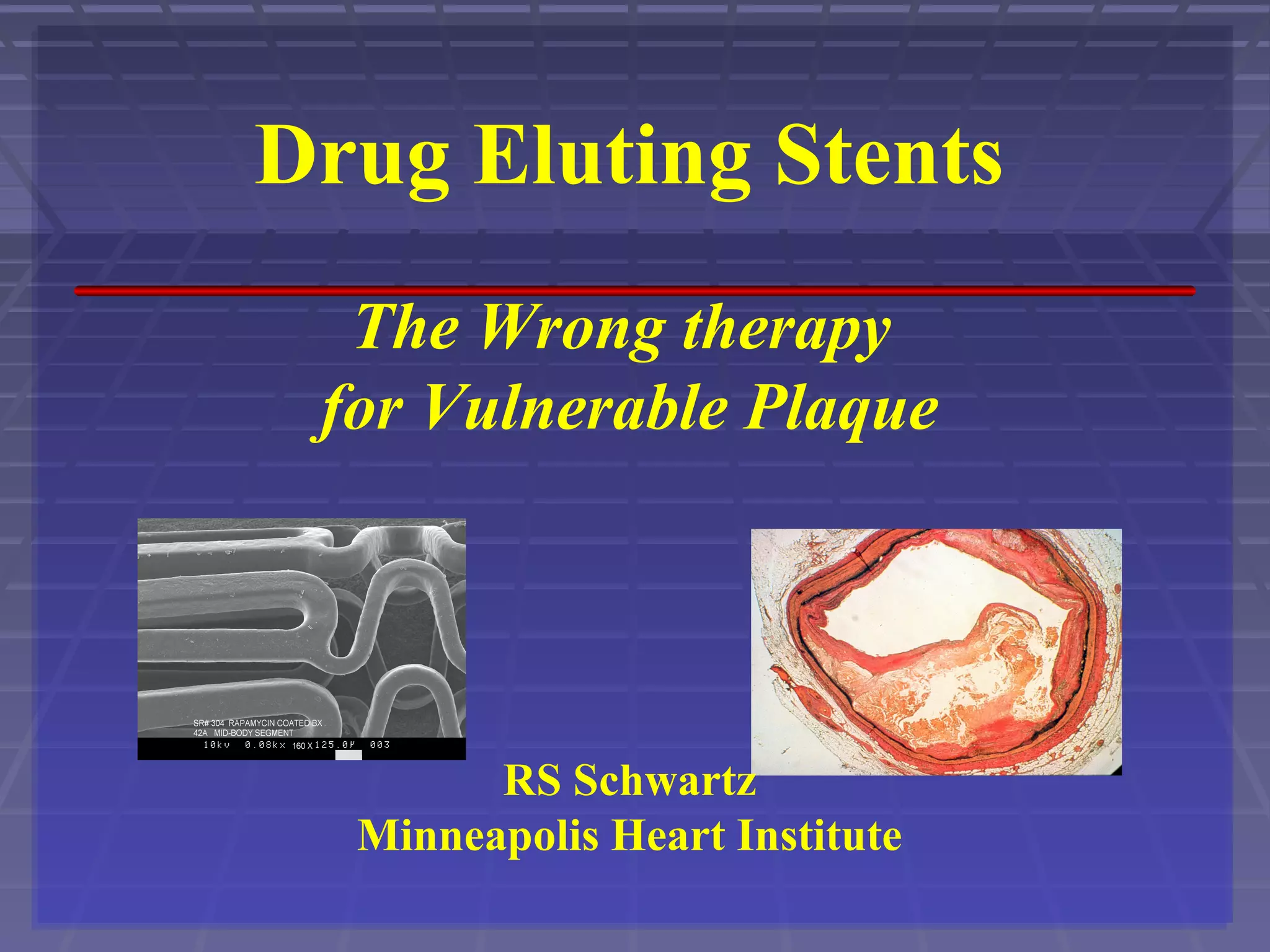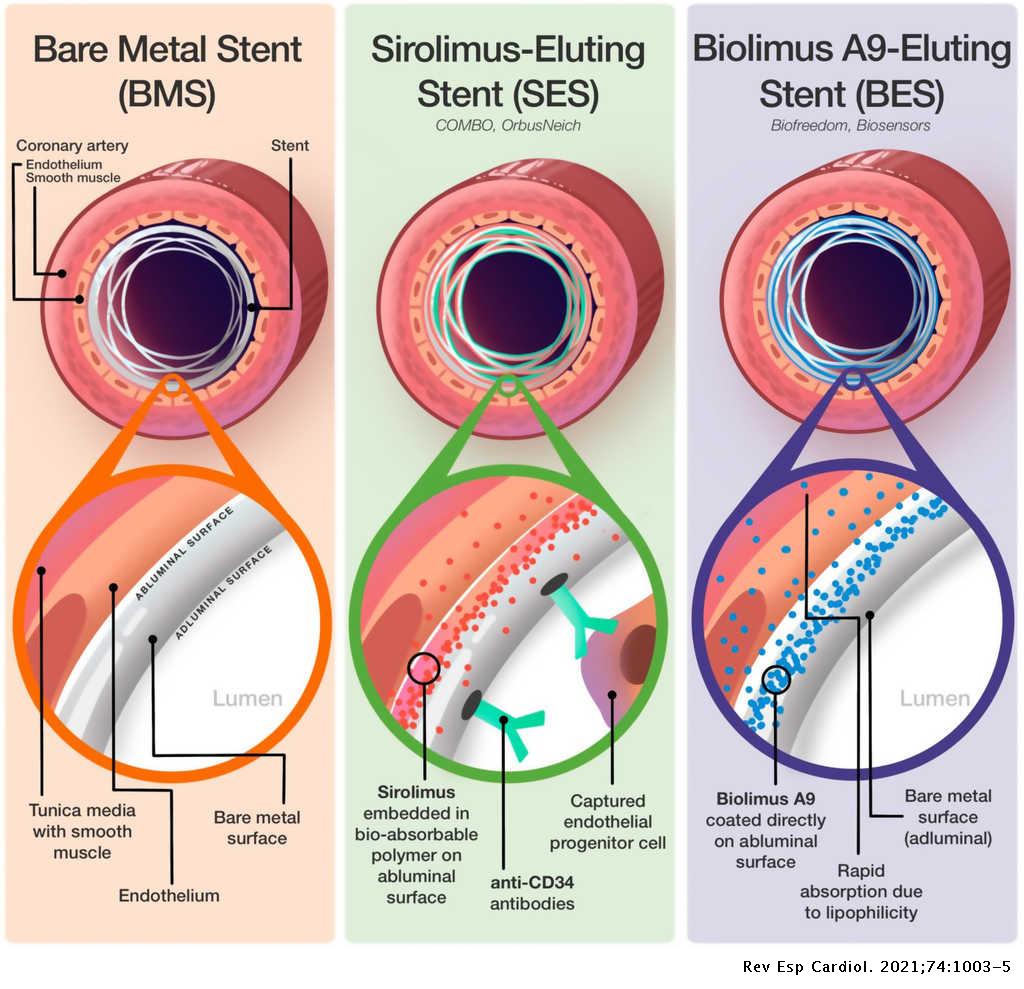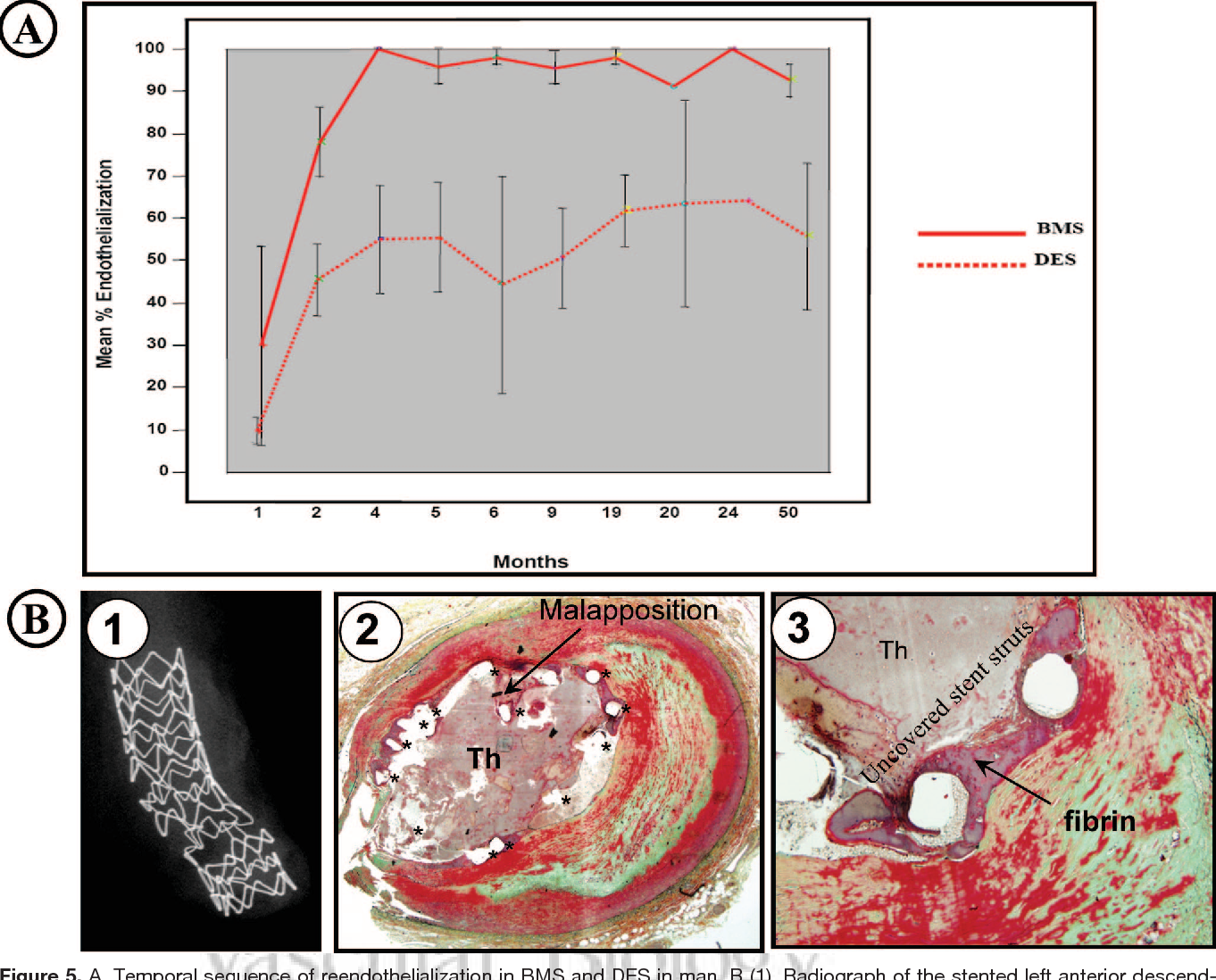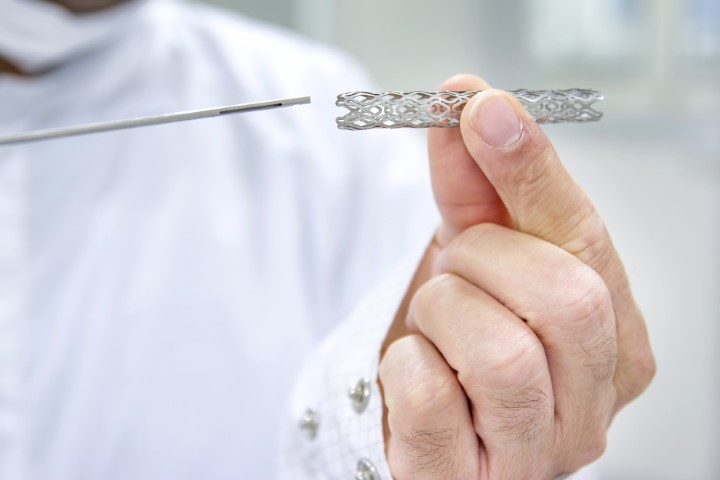Is Silk Road Stent Drug Eluting

Imagine a tiny, intricate scaffold, a guardian of the heart, nestled within a coronary artery. It's a stent, a marvel of modern medicine designed to keep blood flowing freely. But not all stents are created equal. Some are bare metal, while others are coated with drugs, slowly releasing medication to prevent the artery from narrowing again. The question buzzing within the medical community is: does the Silk Road stent, a relatively newer player in the field, belong to the latter category? Is it a drug-eluting stent (DES), or does it rely on a different mechanism to combat restenosis?
At its core, the inquiry revolves around determining the nature of the Silk Road stent. Specifically, whether it incorporates drug-eluting technology to prevent the recurrence of arterial blockage after implantation. Understanding this distinction is crucial for physicians choosing the right treatment options for their patients.
The Rise of Stents and the Drug-Eluting Revolution
The history of coronary stents is a testament to the relentless pursuit of better cardiac care. In the past, balloon angioplasty was the primary method for opening blocked arteries, but it often led to restenosis, the re-narrowing of the artery.
Bare-metal stents (BMS) emerged as a solution, providing structural support to keep the artery open. However, BMS still faced the challenge of neointimal hyperplasia, an overgrowth of tissue within the stent that could lead to restenosis.
The breakthrough came with the development of drug-eluting stents (DES). These stents are coated with medications, typically immunosuppressants like sirolimus or paclitaxel, that inhibit cell proliferation and reduce the risk of restenosis. This marked a significant improvement in patient outcomes.
Investigating the Silk Road Stent
The Silk Road stent appears in medical discussions and product listings, suggesting its presence in the market. However, readily available, detailed technical specifications regarding its drug-eluting capabilities are surprisingly scarce. Finding definitive information requires delving into medical device databases, manufacturer specifications, and potentially reaching out to the stent's distributors.
Because it's challenging to find the information online, reaching out to cardiologists and interventional radiologists to get information is crucial.
Many medical device companies have a history of innovation, frequently updating their product lines. If the Silk Road stent is indeed a DES, the specific drug used, its release kinetics, and the polymer coating's properties are all vital details.
Why Drug-Eluting Status Matters
The distinction between a BMS and a DES is critical for several reasons. DES have generally demonstrated lower rates of restenosis compared to BMS, leading to fewer repeat procedures and improved long-term outcomes for patients.
However, DES also carry a slightly increased risk of late stent thrombosis, a potentially life-threatening complication involving blood clot formation within the stent. This risk necessitates a longer duration of dual antiplatelet therapy (DAPT), a combination of aspirin and another antiplatelet drug, to prevent clot formation.
Therefore, knowing whether the Silk Road stent is a DES informs the duration of DAPT required, influencing the overall treatment strategy and risk-benefit assessment.
Navigating the Information Landscape
When researching medical devices, it's essential to rely on credible sources. These may include official websites of regulatory agencies like the FDA (in the United States) or the European Medicines Agency (EMA), which often provide information on approved medical devices.
Medical journals such as the New England Journal of Medicine or The Lancet publish clinical trials comparing different stent types and evaluating their safety and efficacy. Medical device databases maintained by professional societies or research institutions can also offer valuable insights.
It is important to note that while clinical trials do exist, they don't necessarily tell the whole story.
Considering Alternative Perspectives
While the focus is on whether the Silk Road stent elutes drugs, it's important to acknowledge that stent technology is constantly evolving. Some newer generation stents employ alternative strategies to reduce restenosis, such as bioresorbable scaffolds that gradually dissolve over time.
Others may incorporate novel surface modifications or drug delivery mechanisms that differ from traditional DES. Exploring these alternatives provides a broader context for understanding the landscape of coronary interventions.
Conclusion: Seeking Clarity for Better Care
The question of whether the Silk Road stent is a drug-eluting stent highlights the need for readily accessible and transparent information in the medical device field. Accurate specifications are essential for informed decision-making by physicians and ultimately contribute to better patient care.
As technology advances, it is crucial that healthcare professionals and patients alike have access to information.
The investigation into the Silk Road stent serves as a reminder of the constant pursuit of innovation and the importance of critical evaluation in ensuring the best possible outcomes for individuals with coronary artery disease.
